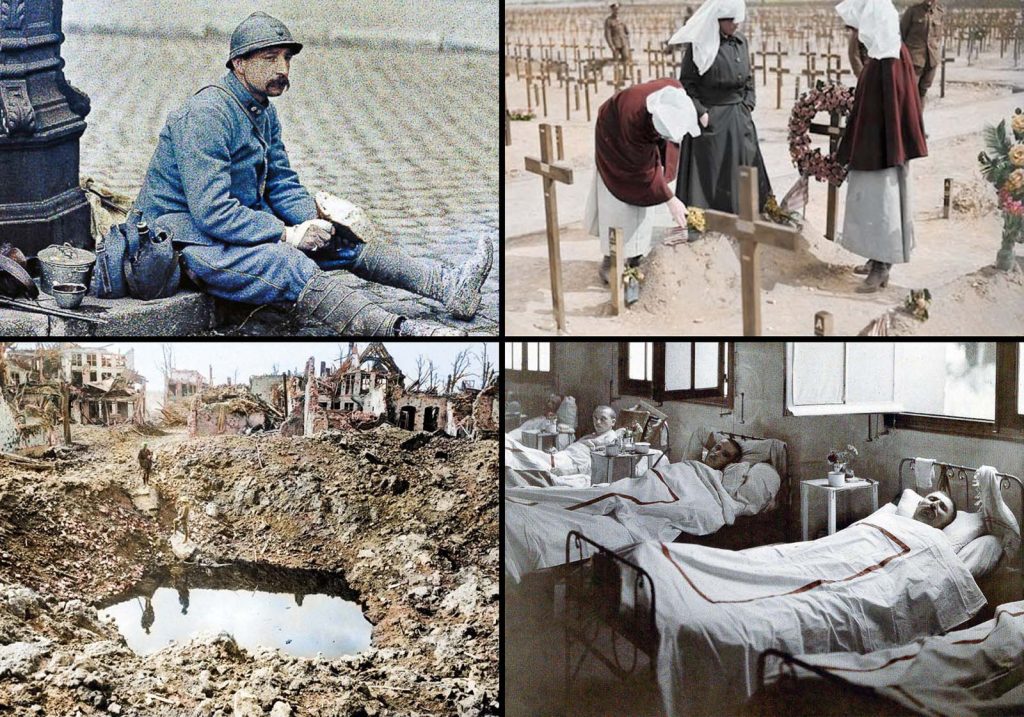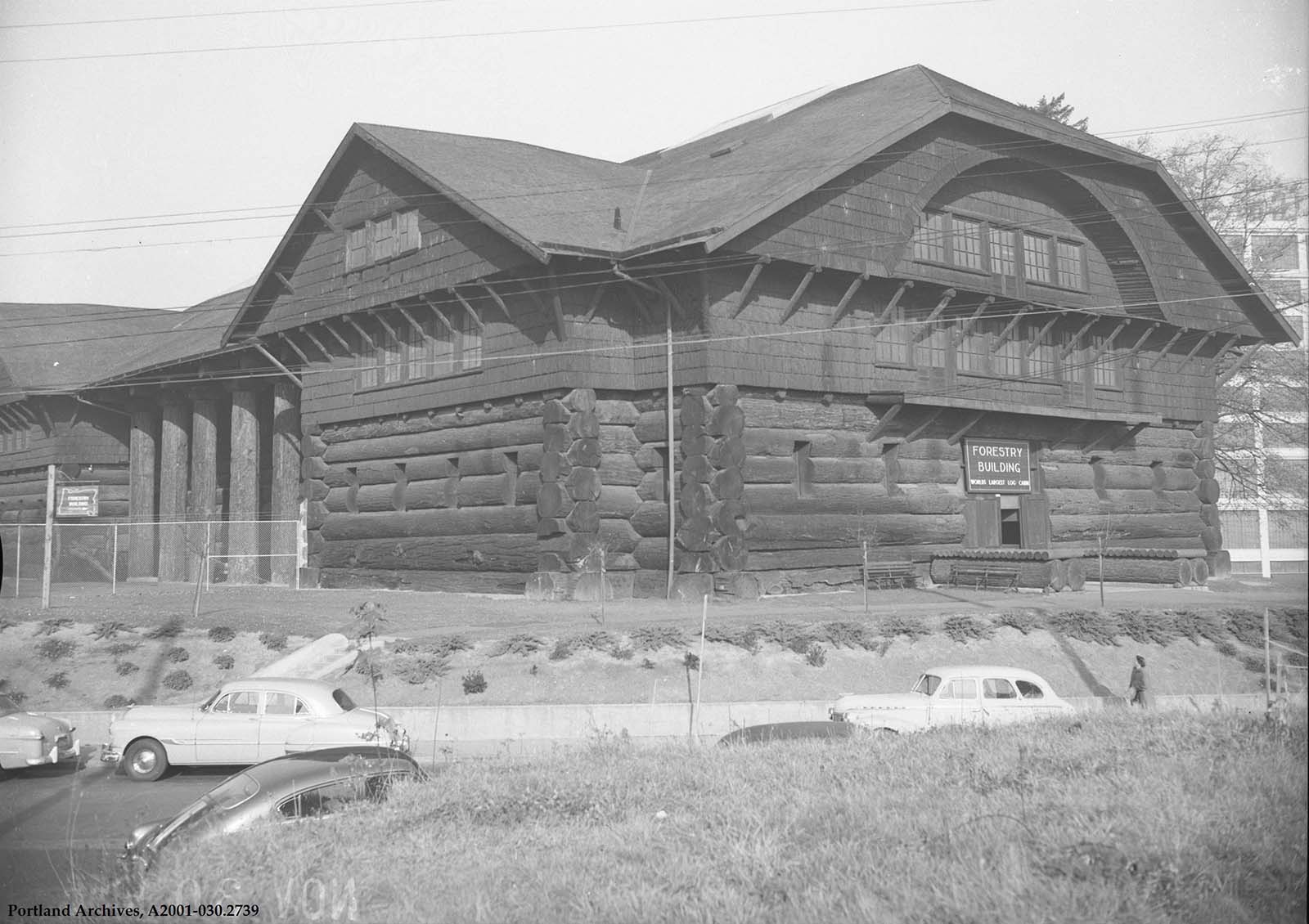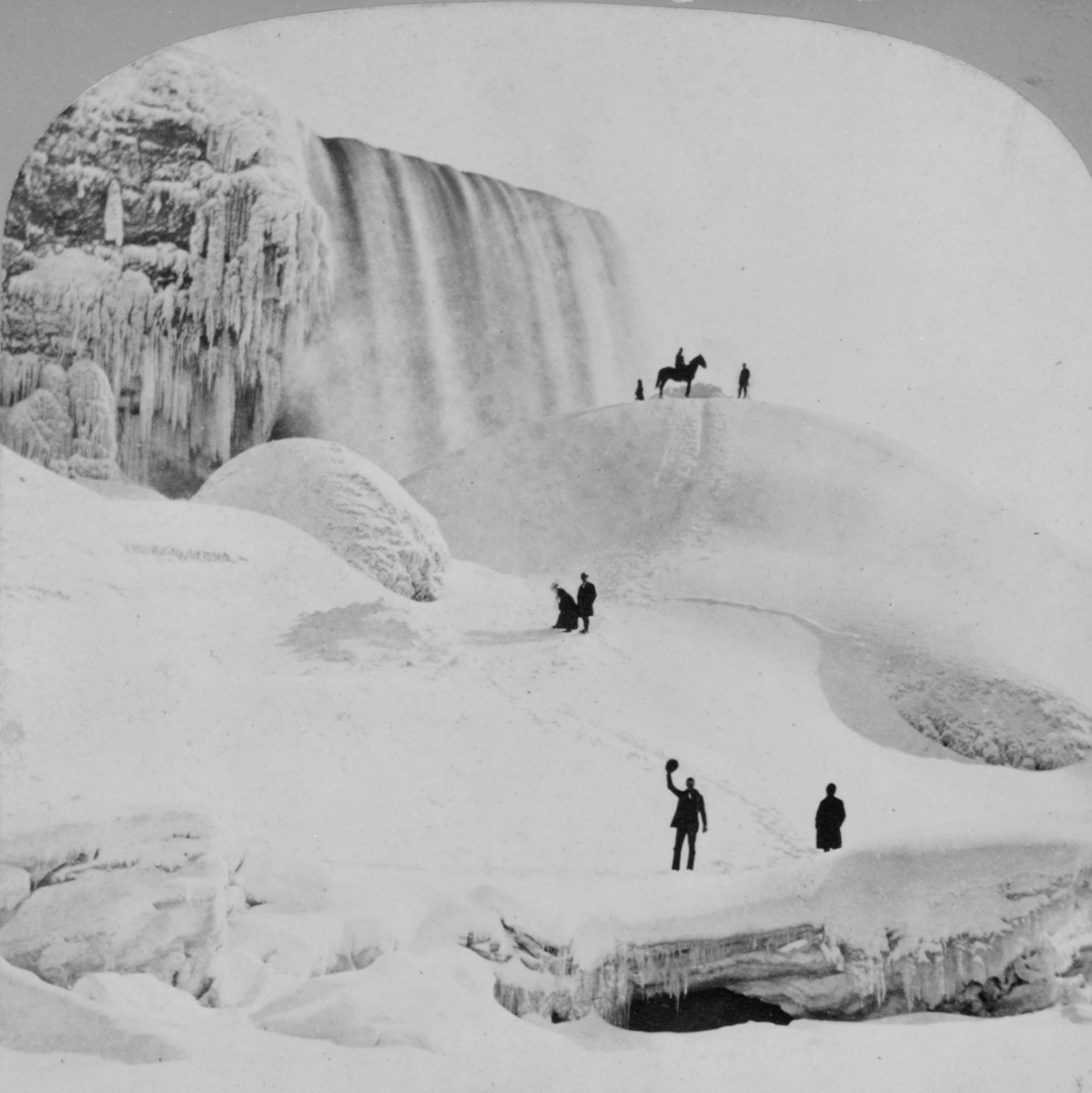
Frozen Niagara Falls has been a fascination for centuries, with the first recorded instance dating back to the winter of 1848 when an extreme cold snap caused the falls to freeze solid.
However, it wasn’t until the late 19th and early 20th centuries that people began capturing its frozen beauty in photographs.
During this time, photography was still in its early stages, and the equipment was bulky and difficult to maneuver. Despite the challenges, photographers were drawn to the unique beauty of the frozen falls and began capturing it on film.
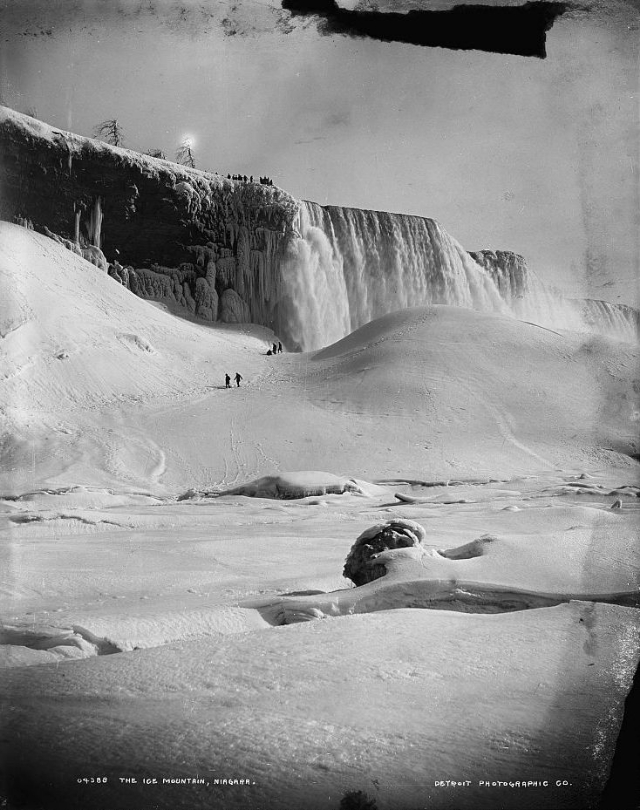
1880s
One of the most famous collections of frozen Niagara Falls photographs is by George Barker, who in 1911, captured stunning images of the falls from various angles.
His photographs showed the frozen falls in all their glory, with massive icicles hanging off the cliffs and chunks of ice floating in the Niagara River.
People were astounded by these photographs, and they quickly became popular souvenirs for tourists visiting Niagara Falls. The images gave people a rare glimpse of the falls in their winter form and sparked a sense of wonder and awe.
While frozen Niagara Falls is undoubtedly a beautiful sight to behold, it also presents significant challenges for the people who live and work in the area. The ice and snow can create treacherous conditions, making it difficult to navigate the roads and walkways.
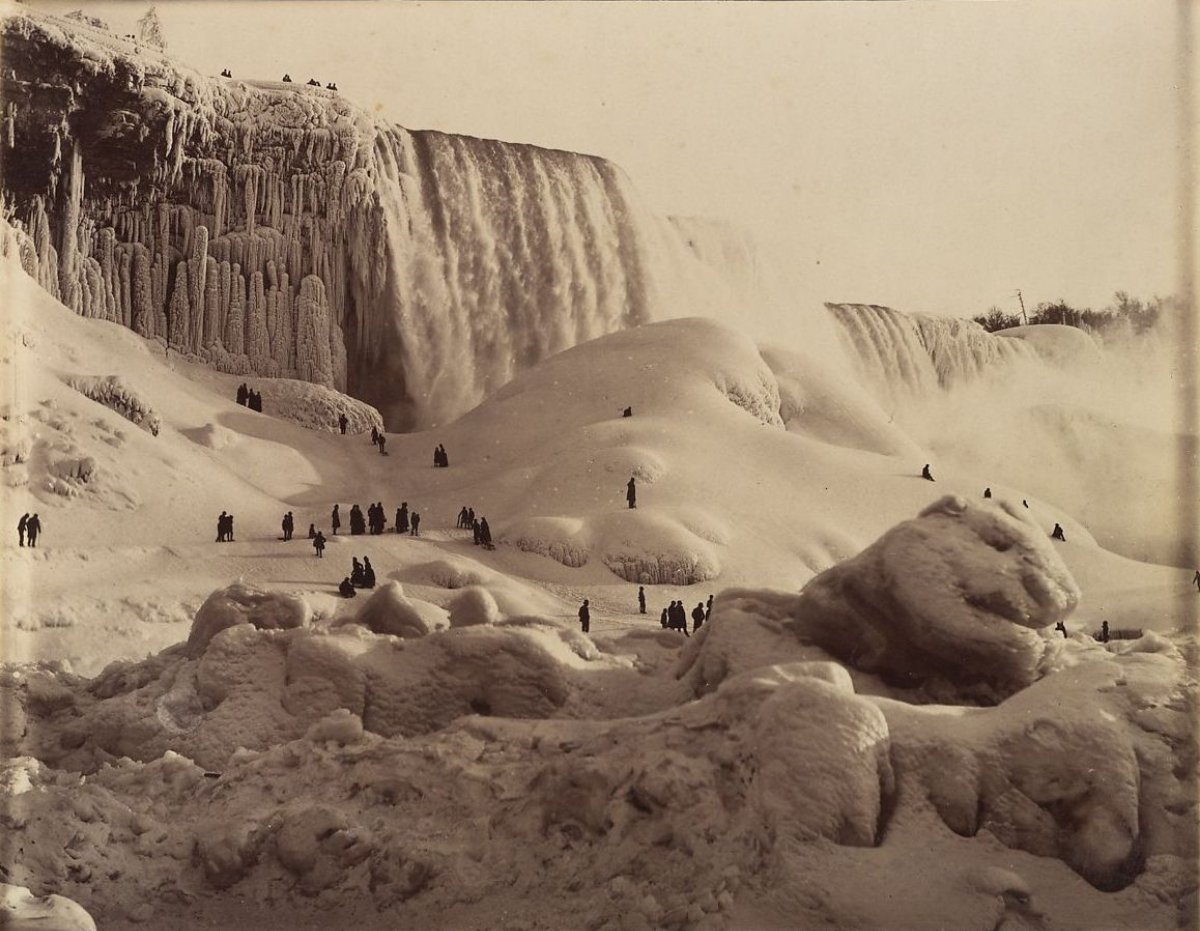
1883
The only recorded freeze-up of the river and falls was caused by an ice jam on March 29, 1848. No water (or at best a trickle) fell for as much as 40 hours. Waterwheels stopped, and mills and factories shut down for having no power.
In 1912, American Falls was completely frozen, but the other two falls kept flowing. Although the falls commonly ice up most winters, the river and the falls do not freeze completely. The years 1885, 1902, 1906, 1911, 1932, 1936, 2014, 2017 and 2019 are noted for partial freezing of the falls.
A so-called ice bridge was common in certain years at the base of the falls and was used by people who wanted to cross the river before bridges had been built.
During some winters, the ice sheet was as thick as 40 feet (12m) to 100 feet (30m), but that thickness has not occurred since 1954.
The ice bridge of 1841 was said to be at least 100 feet thick. On February 12, 1912, the ice bridge which had formed on January 15 began breaking up while people were still on it. Many escaped, but three died during the event, later named the Ice Bridge Tragedy.
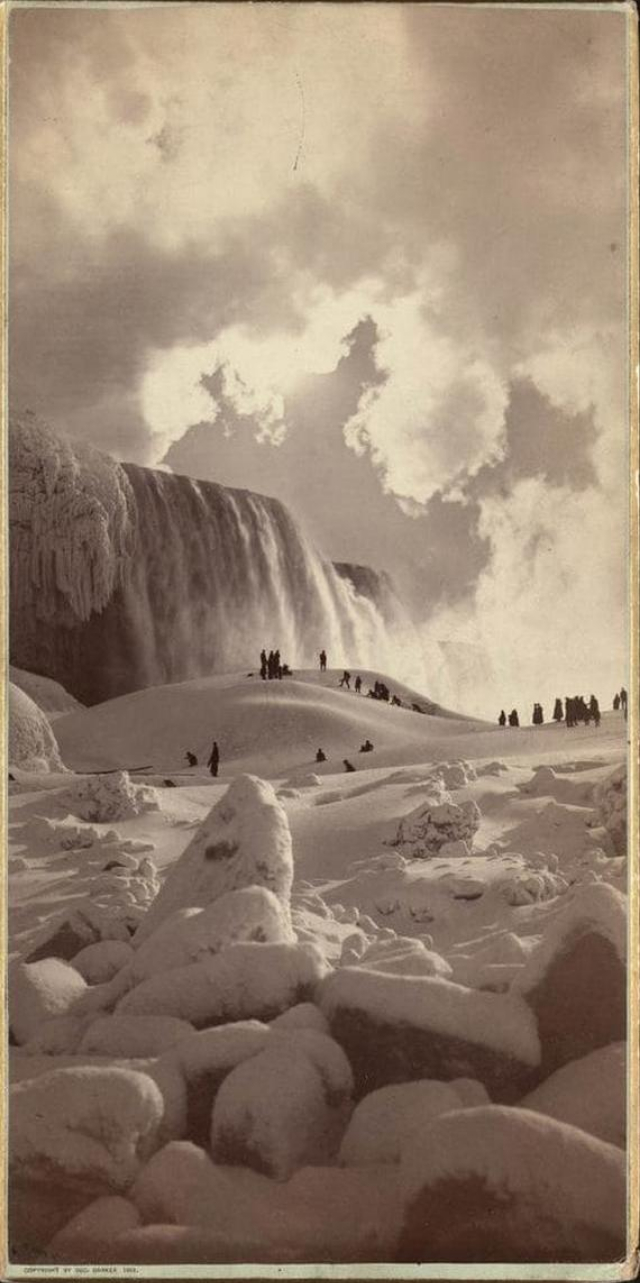
1883
Formed by the Niagara River, which drains Lake Erie into Lake Ontario, the combined falls have the highest flow rate of any waterfall in North America that has a vertical drop of more than 50 m (160 ft).
During peak daytime tourist hours, more than 168,000 m3 (5.9 million cu ft) of water goes over the crest of the falls every minute. Horseshoe Falls is the most powerful waterfall in North America, as measured by flow rate.
Niagara Falls is famed for its beauty and is a valuable source of hydroelectric power. Balancing recreational, commercial, and industrial uses has been a challenge for the stewards of the falls since the 19th century.
Niagara Falls is 27 km (17 mi) northwest of Buffalo, New York, and 69 km (43 mi) southeast of Toronto, between the twin cities of Niagara Falls, Ontario, and Niagara Falls, New York.
Niagara Falls was formed when glaciers receded at the end of the Wisconsin glaciation (the last ice age), and water from the newly formed Great Lakes carved a path over and through the Niagara Escarpment en route to the Atlantic Ocean.
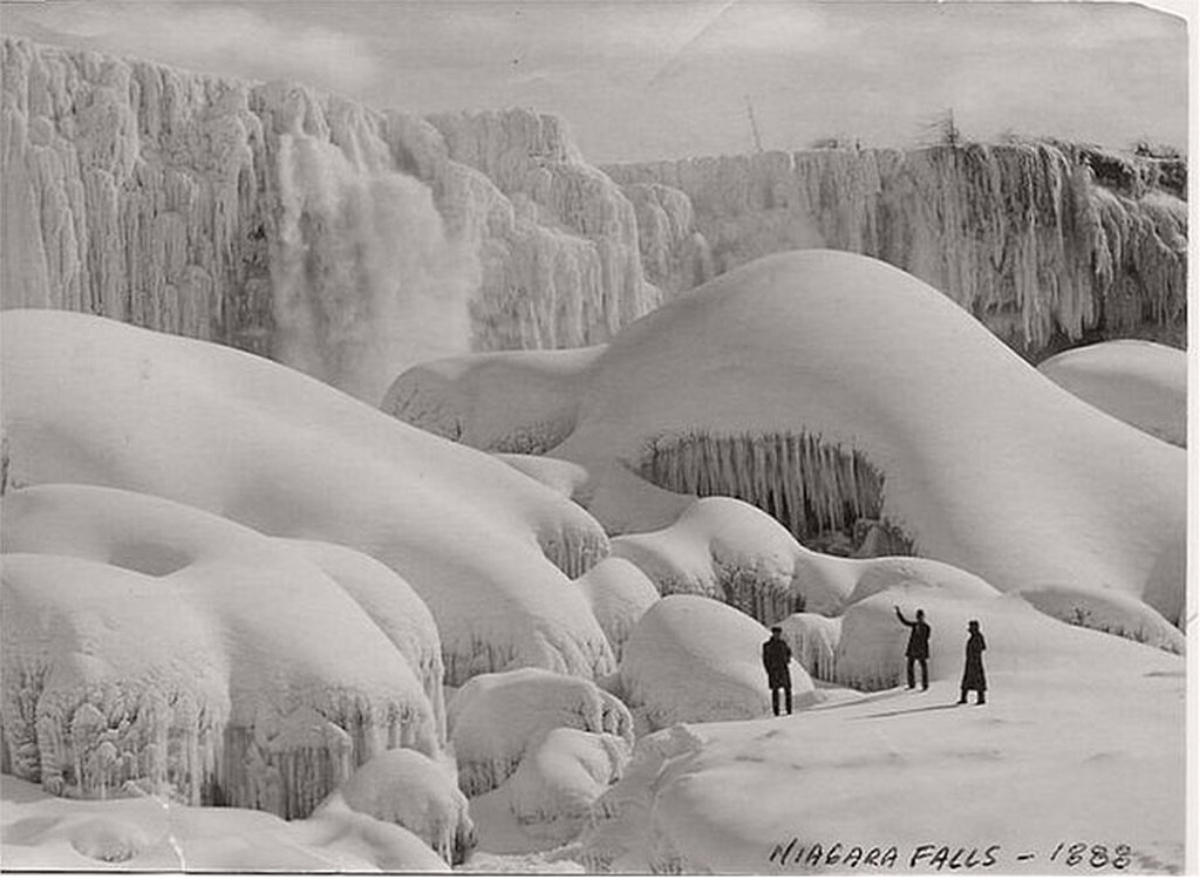
1888
Erosion control efforts have always been of importance. Underwater weirs redirect the most damaging currents, and the top of the falls has been strengthened. In June 1969, the Niagara River was completely diverted from American
Falls for several months through construction of a temporary rock and earth dam, clearly visible in the photograph at right.
During this time, two bodies were removed from under the falls, including a man who had been seen jumping over the falls, and the body of a woman, which was discovered once the falls dried.
While Horseshoe Falls absorbed the extra flow, the U.S. Army Corps of Engineers studied the riverbed and mechanically bolted and strengthened any faults they found; faults that would, if left untreated, have hastened the retreat of American Falls.
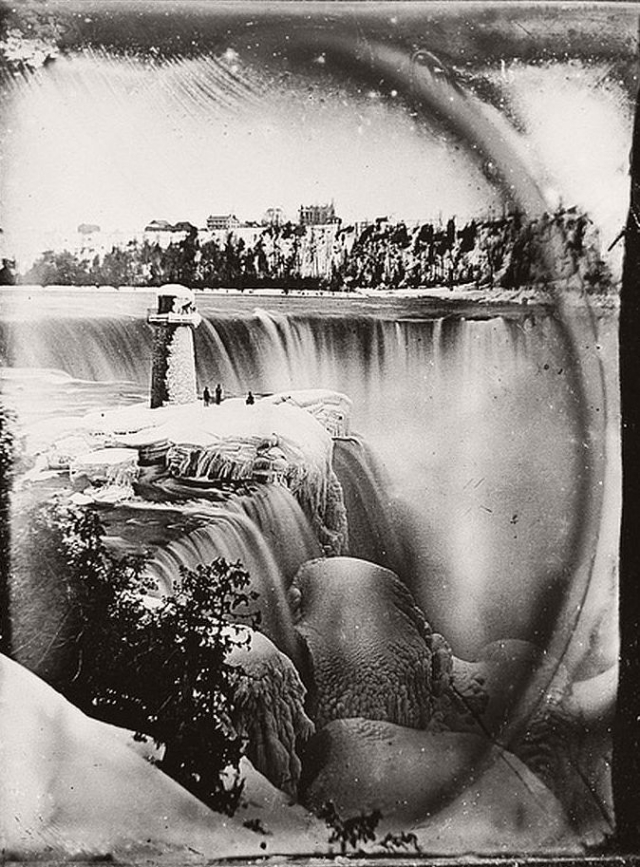
1890s
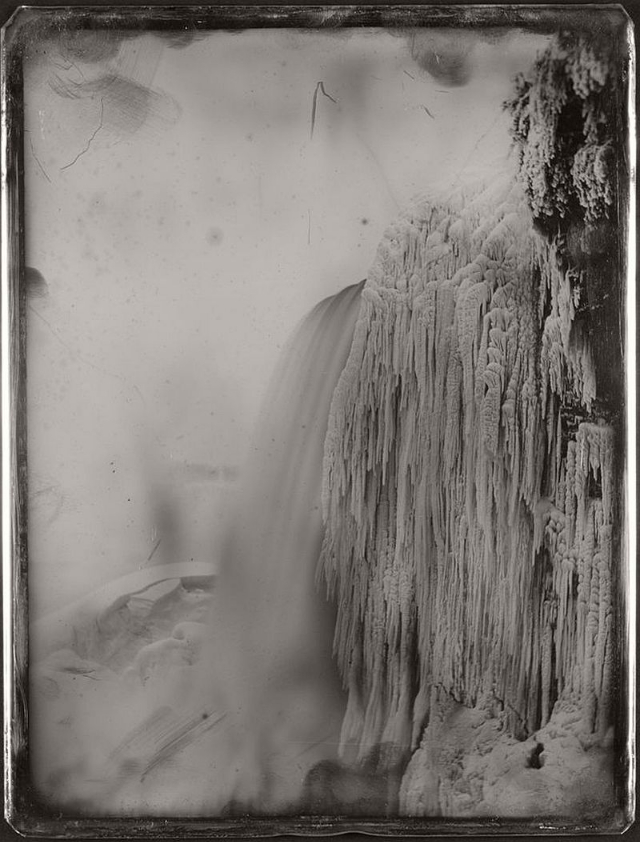
1850

1890
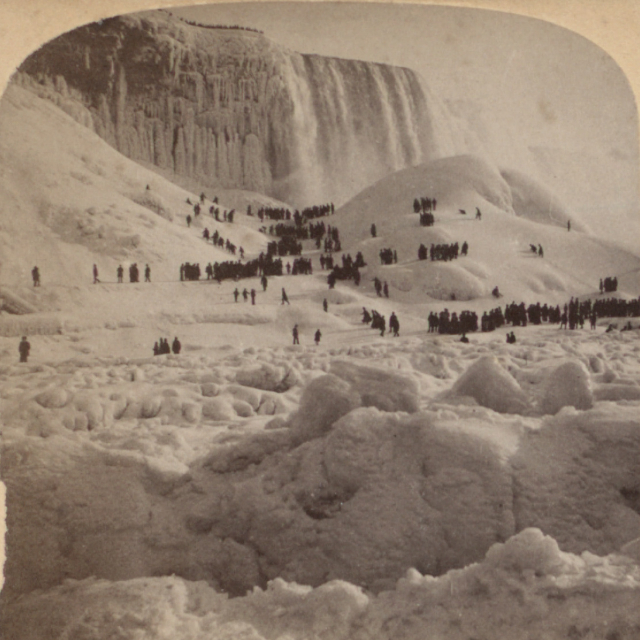
1894
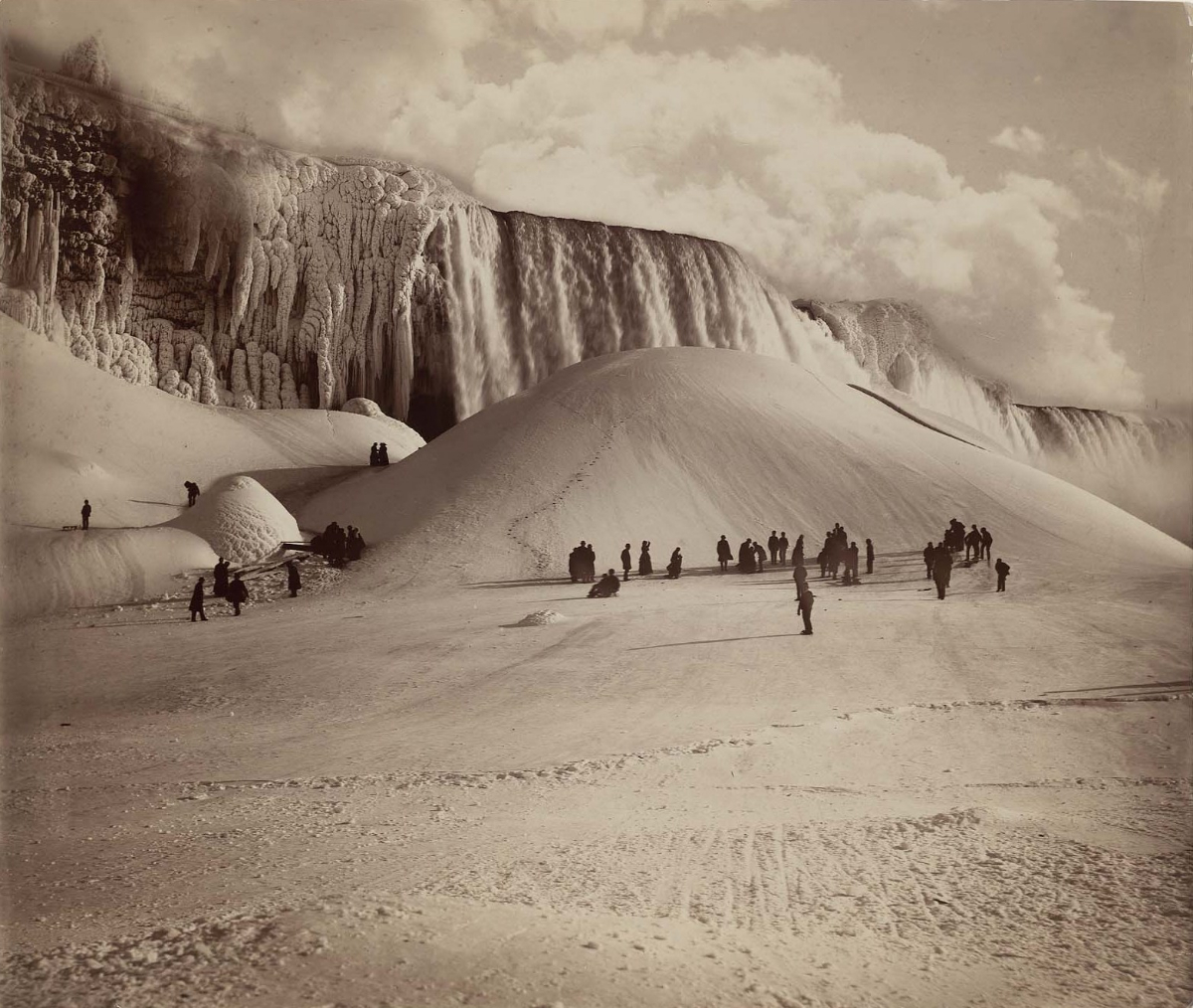
1895
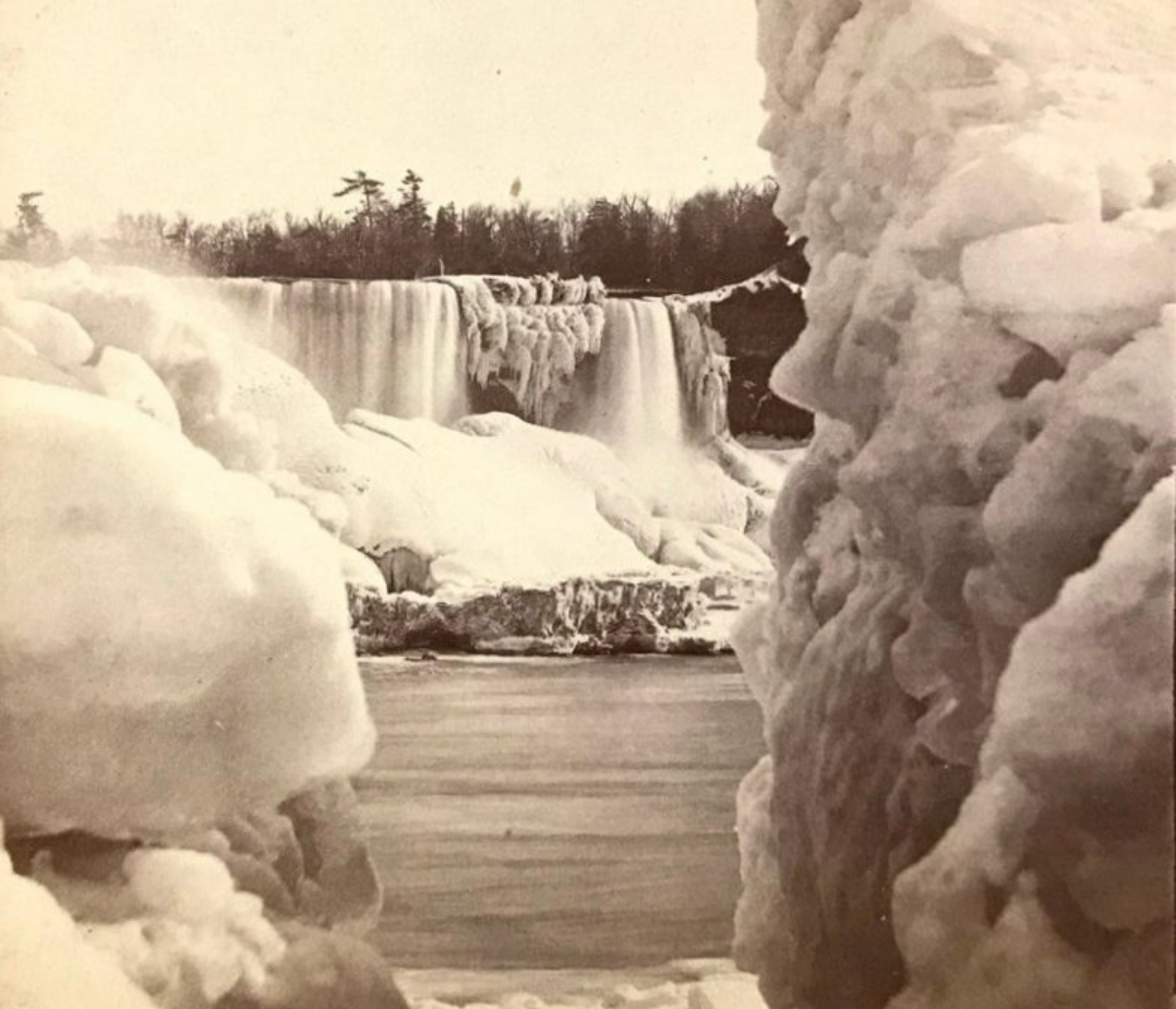
1900s
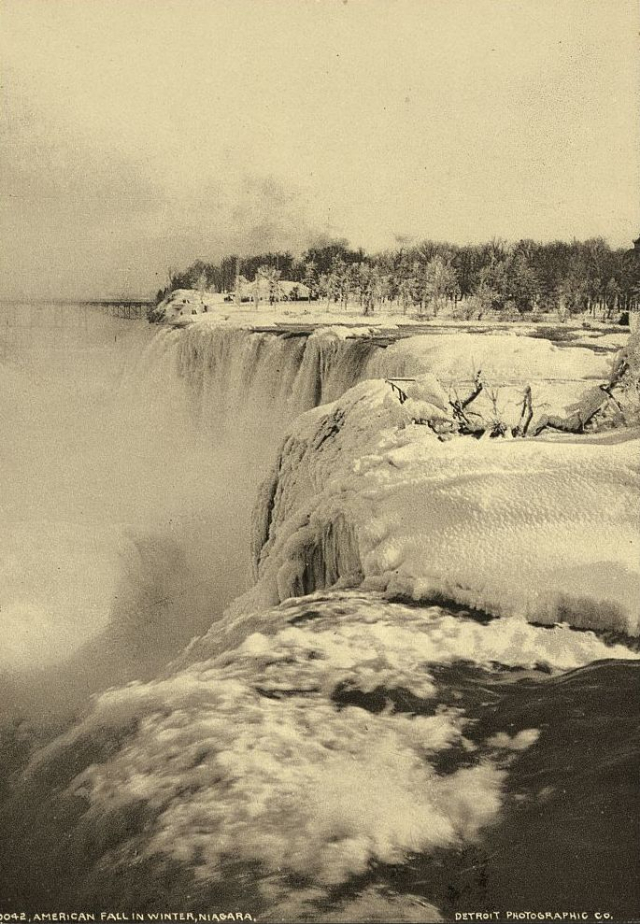
1900s
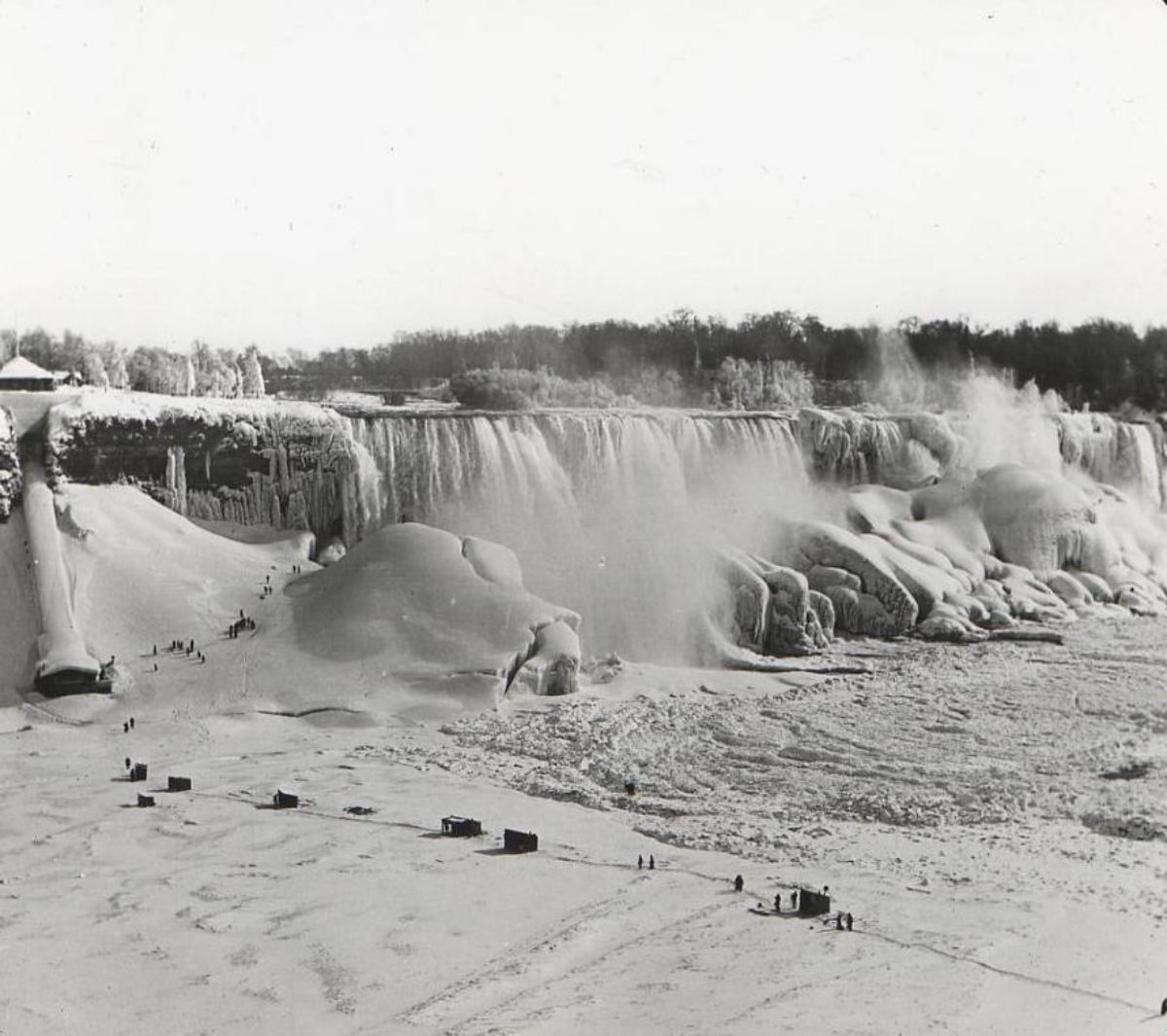
1900
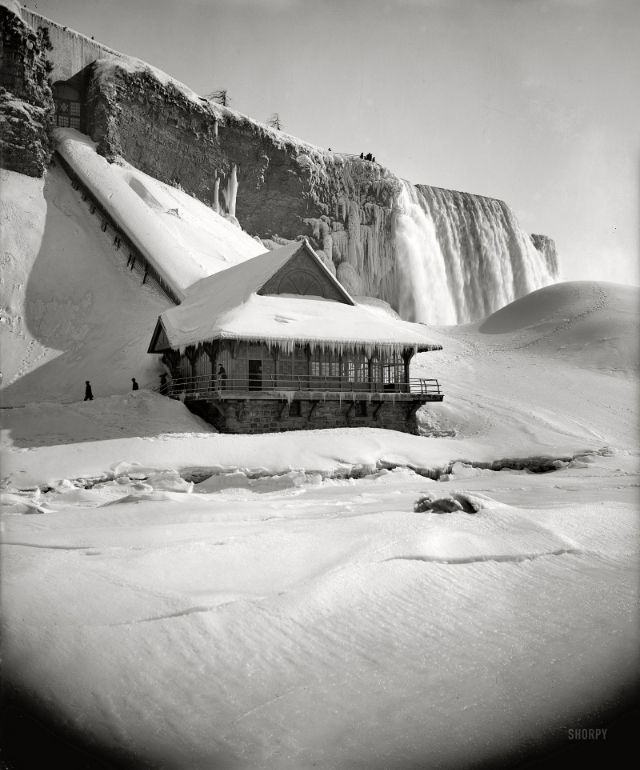
1900
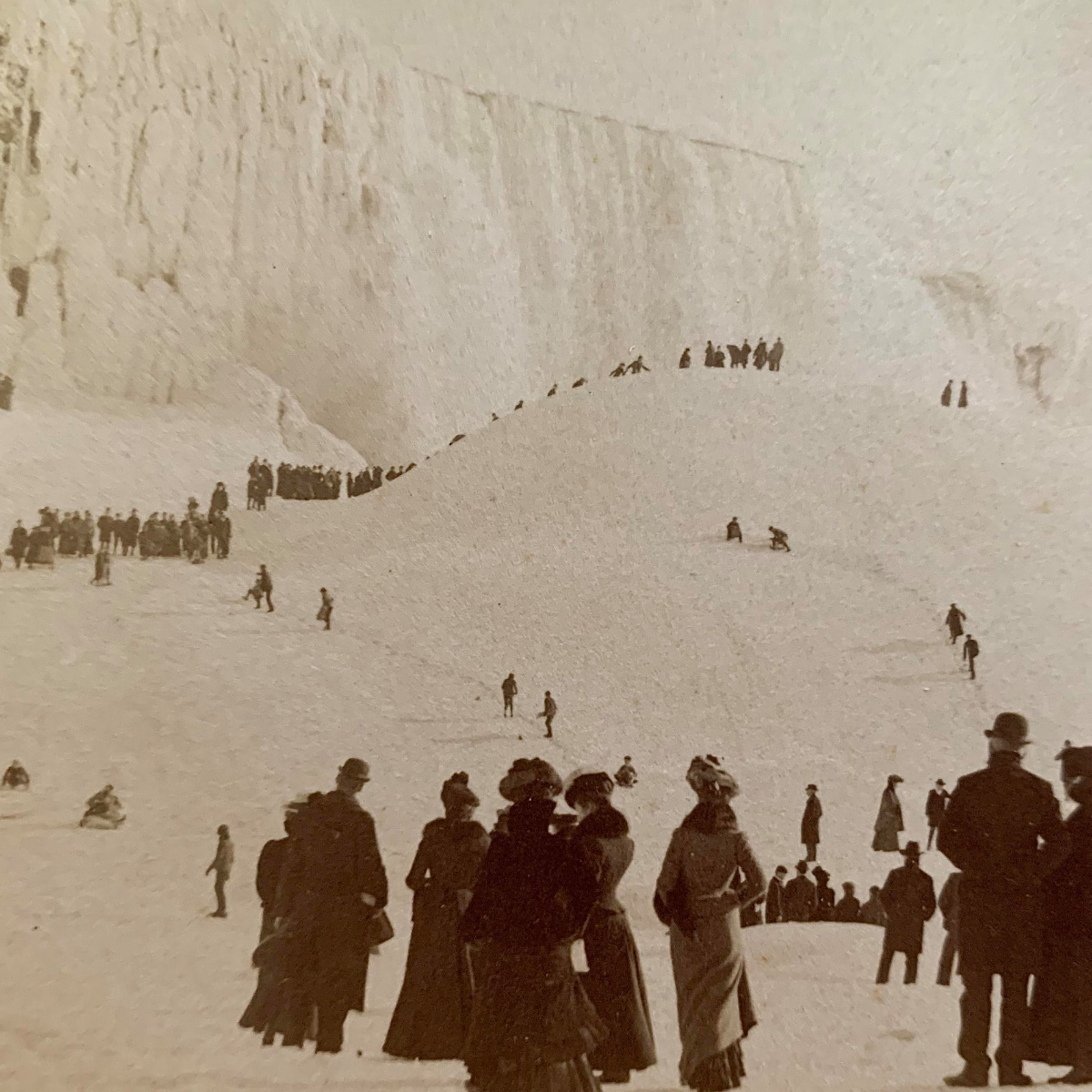
1902
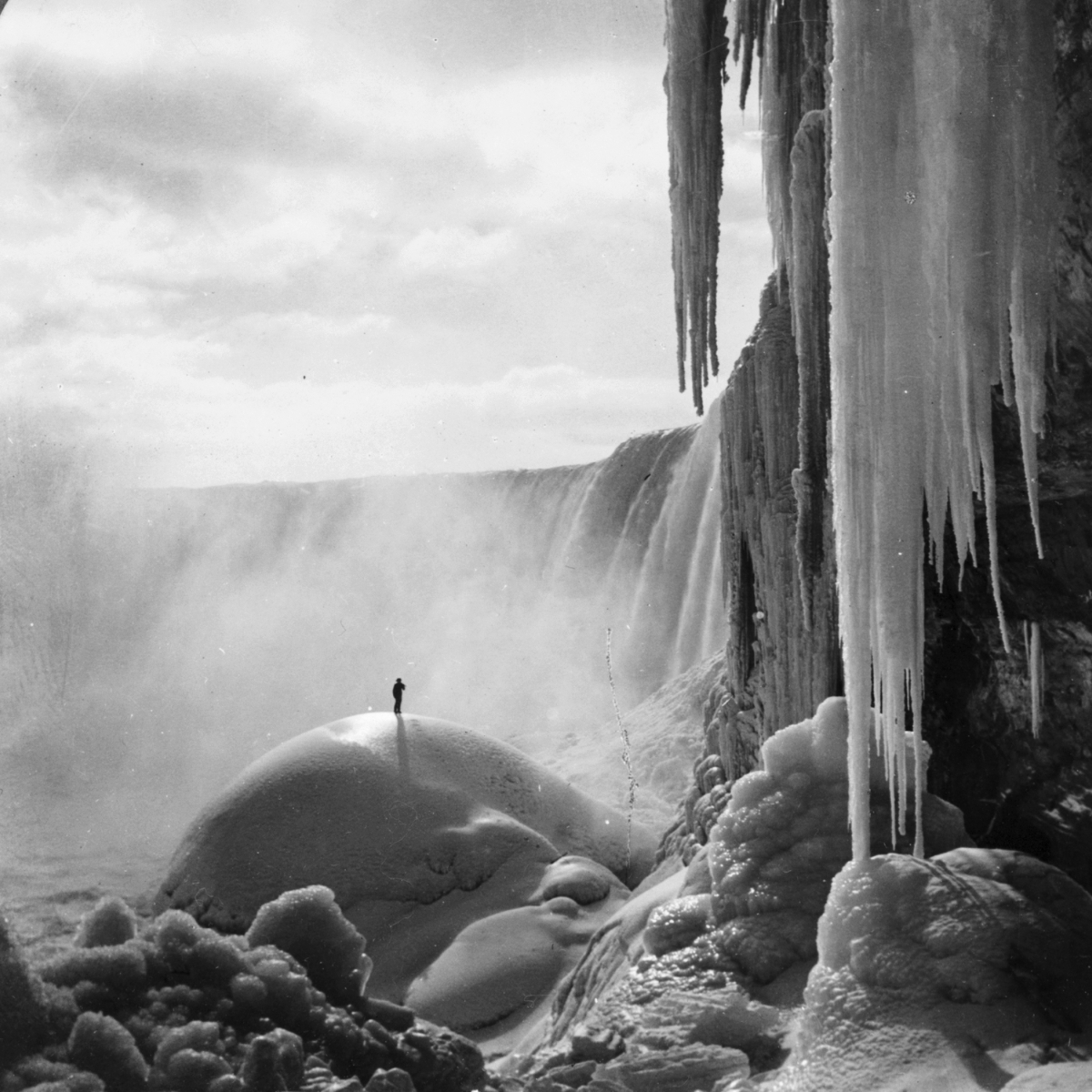
1903

American Falls frozen over with people on the ice, 1911.
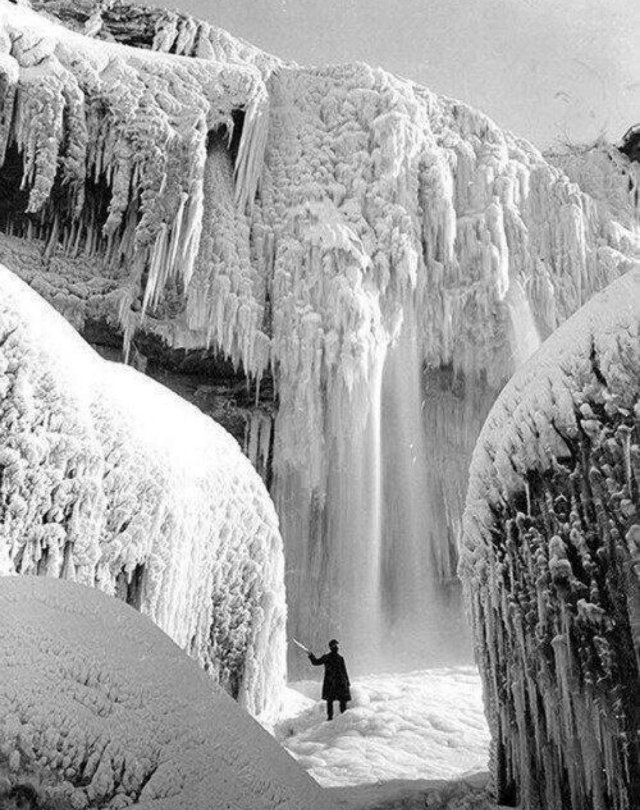
1911
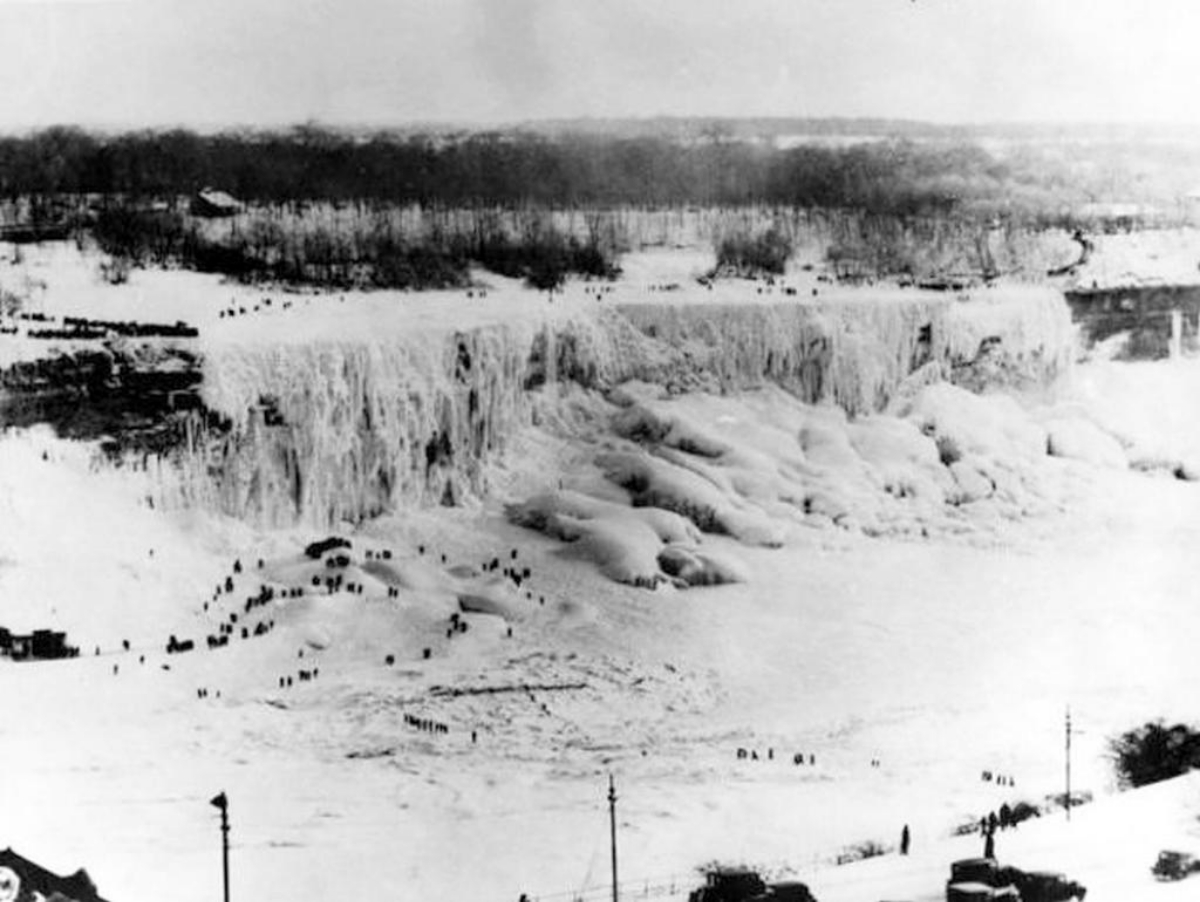
1911
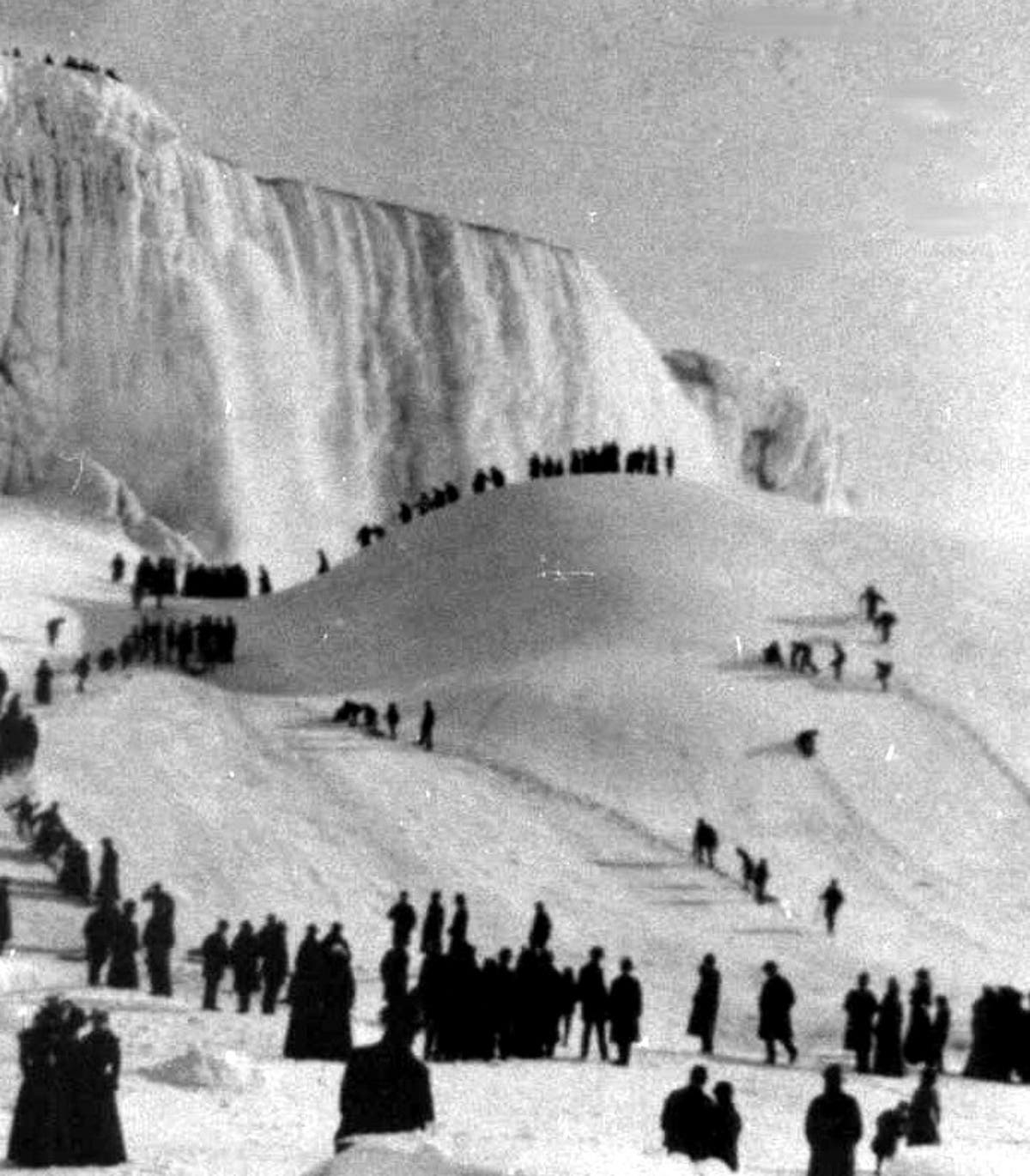
1911
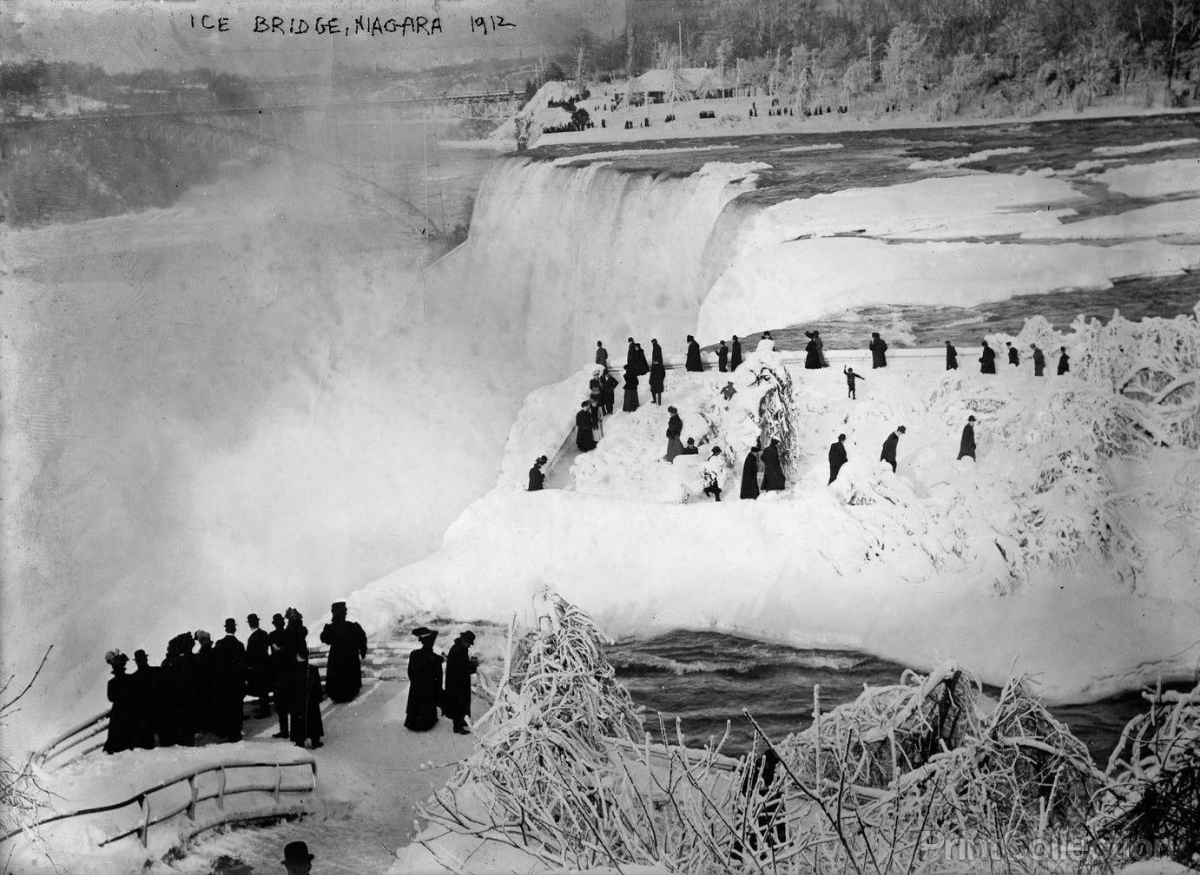
1912
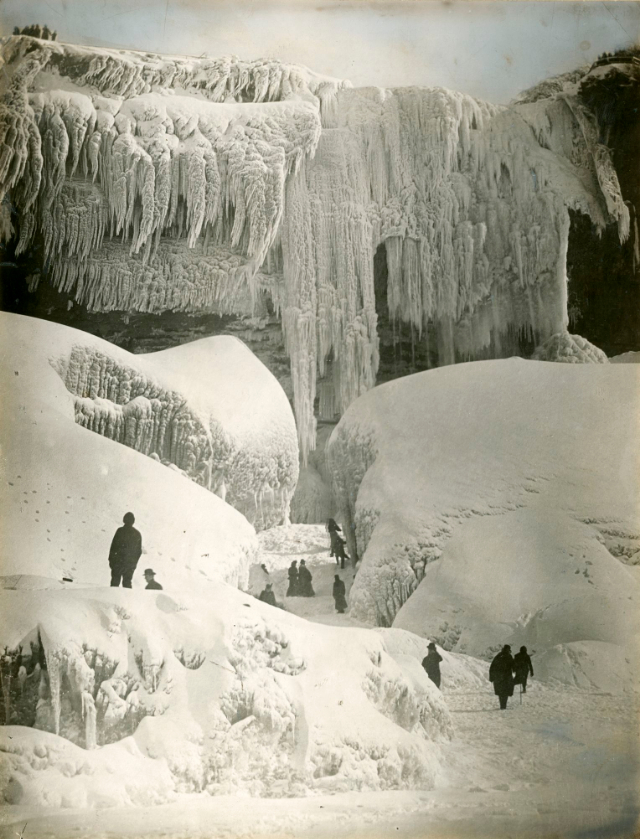
1916

1911

1917
(Photo credit: Wikimedia Commons / Library of Congress / New York Public Archives).

